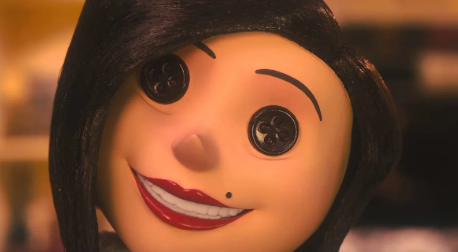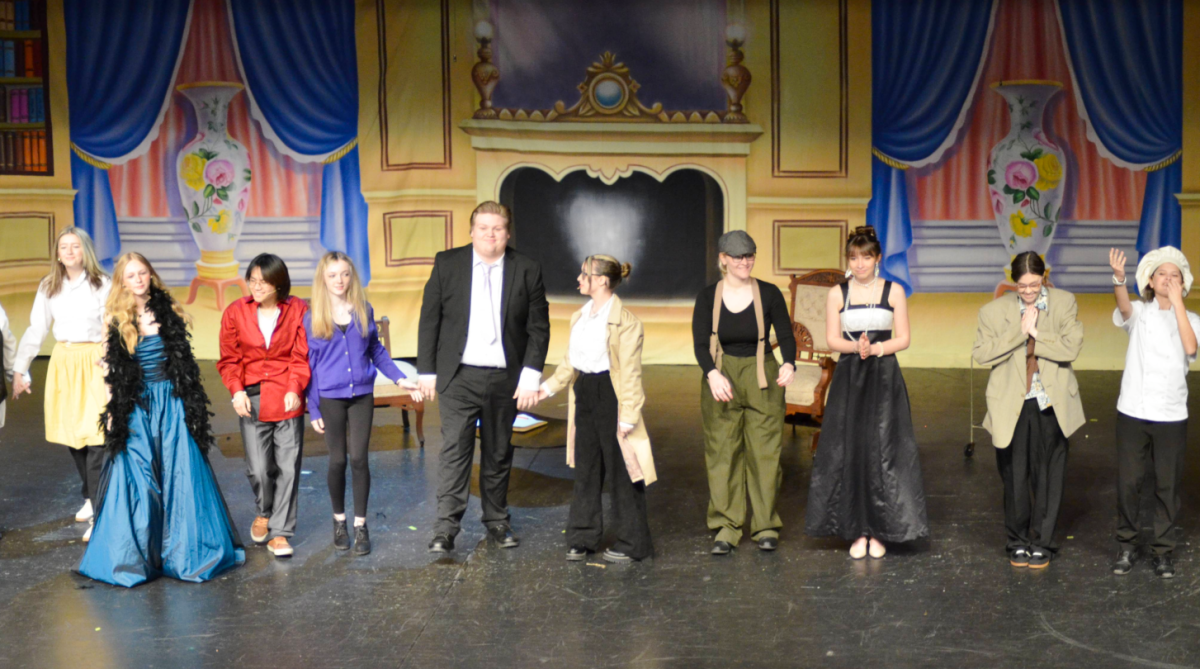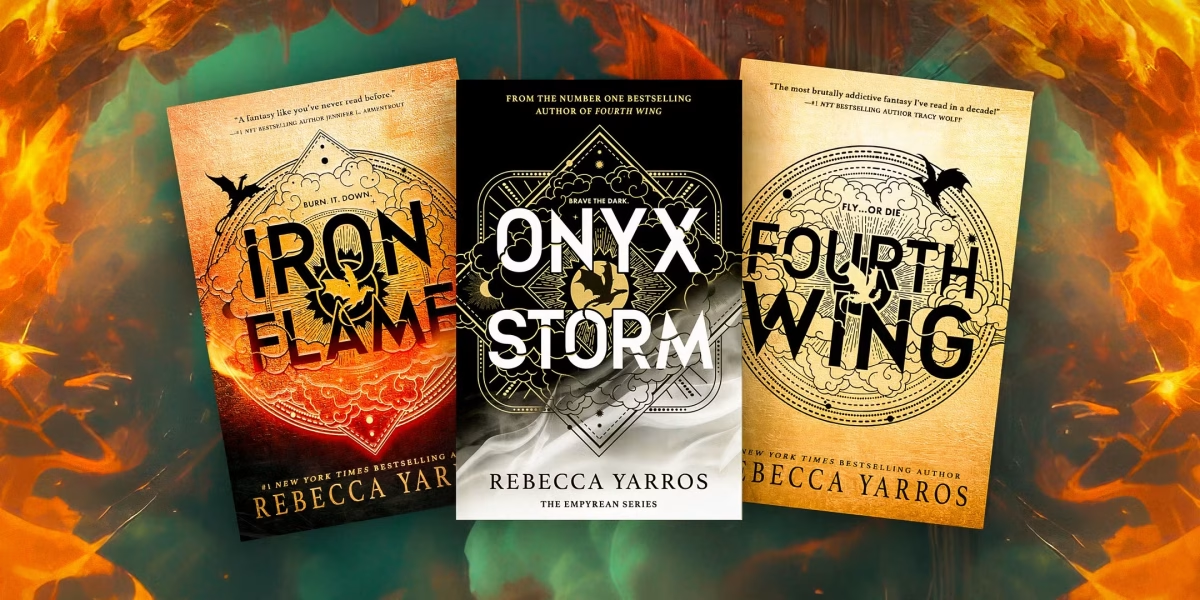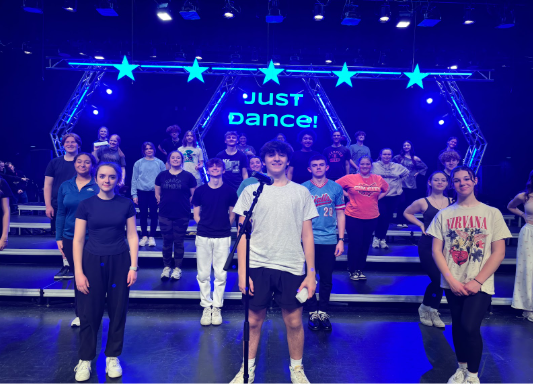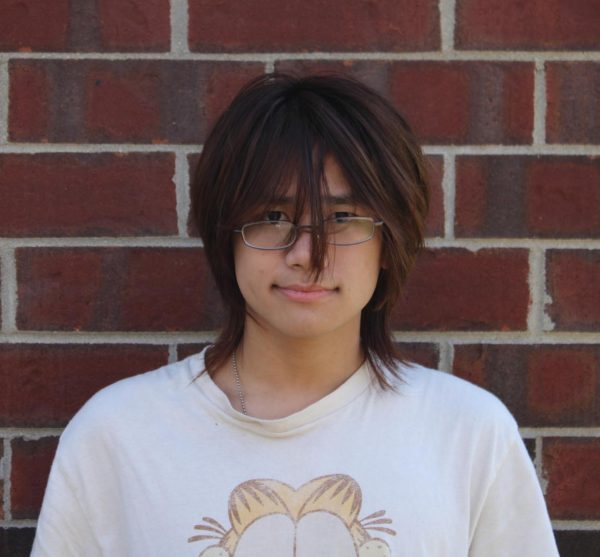Coraline is a 2009 stop-motion film directed by Henry Selick and produced by Laika Studios.
The movie follows a blue-haired Michigan girl whose family had recently moved to Oregon at the “Pink Palace.” Coraline finds her new home very boring and grey which is what causes her curiosity and imagination to lead her one night into a different world, parallel to the one where she’s from. A world where her parents aren’t busy with work, her neighbors are still talented with youth, one where if you looked up, you would see a sky full of stars even in the daytime, and…. buttons for eyes.
Coraline (2009) is based on the book Coraline, written by Neil Gaiman who based his book on the many stories typed up for his daughter, Holly, when she was younger.
He explained, “She would climb up on my lap and dictate stories to me that I would type out for her and these would be stories about young girls very much like Holly who would normally have evil witches pretending to be their mothers… and the witches would lock the little girls up and the girls would escape.”
However, that wasn’t all he based Coraline on. One major thing that Gaiman based Coraline on was bits of his childhood and the layout of the flat where he lived.
Although Gaiman started writing Coraline in 1993, it took him ten years to finish it and send it to his publisher. Later, Gaiman gave his first draft of Coraline to his agent and asked specifically, “There are only two people who I would ever want touching this. One would be Tim Burton, the other would be Henry Selick.” A week later, Gaiman received a call from Selick in 2001, and it took him seven years to make it into a movie.
When talking about her first impression of the movie, senior Lily Smith said, “I thought it was gonna be bad. However, once I watched the movie, I loved it.” She stated, “It’s great for kids because I can see myself in Coraline’s shoes.”
Another student, Sophomore Serenity Kimball, comments that the movie “is cool” and that “I love that it’s stop-motion.”
Fun Fact: In the book, the phrase “I started it for Holly. I finished it for Maddy” refers to how he started writing the book as a bedtime story for Holly but left it for years until he picked it back up realizing that although Holly would be too old for the story, he could still finish it for Maddy who was six.
Source:

